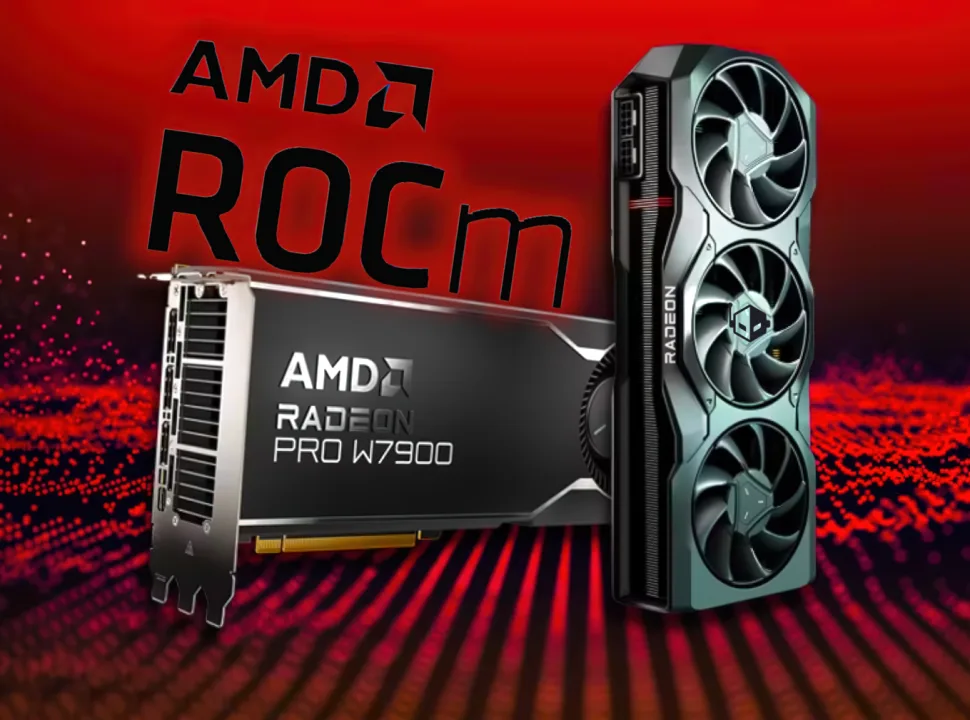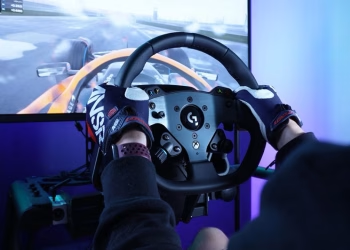AMD just achieved a landmark milestone in artificial intelligence. On November 24, 2025, the company announced that Zyphra successfully trained ZAYA1—the first large-scale Mixture-of-Experts (MoE) foundation model developed entirely on AMD Instinct MI300X GPUs. This breakthrough proves AMD can compete head-to-head with NVIDIA in the high-stakes AI training arena.
Table of Contents
What Makes ZAYA1 Groundbreaking?
ZAYA1-base isn’t just another AI model—it outperforms established giants like Meta’s Llama-3-8B and rivals Alibaba’s Qwen3-4B and Google’s Gemma3-12B across multiple benchmarks. The secret? AMD’s hardware-software co-design approach combining Instinct GPUs, Pensando networking, and ROCm open software.
Performance Comparison
| Model | Total Parameters | Active Parameters | Developer | Training Platform |
|---|---|---|---|---|
| ZAYA1-base | 8.3B | 760M | Zyphra | AMD MI300X |
| Llama-3-8B | 8B | 8B | Meta | NVIDIA |
| Qwen3-4B | 4B | 4B | Alibaba | Mixed |
| Gemma3-12B | 12B | 12B | TPU/GPU | |
| OLMoE | Varies | Varies | Allen AI | Mixed |
Despite having only 760M active parameters, ZAYA1 matches or exceeds models with significantly more computational overhead—a testament to both Zyphra’s architectural efficiency and AMD’s hardware capabilities.
The AMD Advantage: 192GB Memory Changes Everything
The AMD Instinct MI300X GPU features a massive 192GB of high-bandwidth memory—far exceeding competitors. This capacity enabled Zyphra to avoid costly expert or tensor sharding, simplifying training architecture while improving throughput.
Key Technical Wins:
- 10x faster model save times using AMD-optimized distributed I/O
- Reduced training complexity through unified memory architecture
- Enhanced reliability during long training runs
- Superior price-performance ratio for frontier AI development
For AI developers comparing GPU options, explore our GPU performance benchmarks to understand memory’s impact on training efficiency.
ROCm Open Software: AMD’s Secret Weapon
Unlike proprietary ecosystems, AMD ROCm (Radeon Open Compute) provides an open software stack that democratizes AI development. This openness allowed Zyphra to customize training pipelines without vendor lock-in, accelerating innovation.
ROCm Benefits:
- Open-source flexibility for custom optimizations
- Broad framework support (PyTorch, TensorFlow, JAX)
- No licensing restrictions for commercial use
- Community-driven improvements and bug fixes
The combination of open software and powerful hardware creates a compelling alternative to closed ecosystems. Learn more about open-source AI tools on our developer resources.
AMD + IBM: Enterprise AI Infrastructure
Zyphra’s success leveraged a jointly engineered system combining AMD Instinct MI300X GPUs with IBM Cloud’s high-performance fabric and storage architecture. This partnership demonstrates how strategic collaborations accelerate AI deployment at scale.
The system also integrates AMD Pensando networking, ensuring low-latency communication between GPUs during distributed training—critical for maintaining efficiency across 128 compute nodes (1,024 GPUs total).
What Industry Leaders Are Saying
Emad Barsoum, Corporate VP of AI at AMD, highlighted the significance: “AMD leadership in accelerated computing is empowering innovators like Zyphra to push the boundaries of what’s possible in AI. This milestone showcases the power and flexibility of AMD Instinct GPUs and Pensando networking for training complex, large-scale models.”
Krithik Puthalath, CEO of Zyphra, emphasized efficiency: “ZAYA1 reflects our philosophy of co-designing model architectures with silicon and systems. We’re thrilled to be the first company to demonstrate large-scale training on an AMD platform, and we’re excited to deepen our collaboration with AMD and IBM as we build the next generation of advanced multimodal foundation models.”
Why This Matters for AI Development
This achievement breaks NVIDIA’s near-monopoly on large-scale AI training. With AMD proving its hardware can handle production-grade workloads, companies now have competitive alternatives that offer:
- Lower costs through better price-performance ratios
- Greater flexibility via open software ecosystems
- Supply diversity reducing dependence on single vendors
- Innovation acceleration through competitive pressure
For startups and enterprises exploring AI infrastructure, check our cloud GPU comparisons to evaluate cost-performance tradeoffs.
Technical Deep Dive Resources
Zyphra published comprehensive documentation detailing ZAYA1’s architecture and training methodology:
- Zyphra Technical Report (peer-reviewed findings)
- Zyphra Blog Post (practical insights)
- AMD Official Blog (hardware perspective)
These resources provide detailed benchmarks across reasoning, mathematics, and coding tasks—essential reading for AI researchers and engineers.
The Bottom Line
AMD’s Instinct MI300X GPUs just proved they can power frontier AI training at scale. ZAYA1’s success demonstrates that AMD offers a viable, cost-effective alternative to dominant players, with superior memory capacity and open software advantages. As AI development accelerates, hardware diversity becomes crucial—and AMD is now firmly established as a competitive option for production workloads.
Stay updated on AI hardware innovations at TechnoSports and follow AMD’s AI initiatives for the latest breakthroughs.
Building AI infrastructure? Compare AMD Instinct vs. competitors in our enterprise GPU guide and make informed decisions for your workloads.








